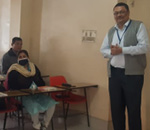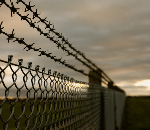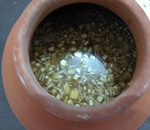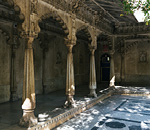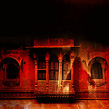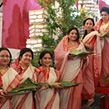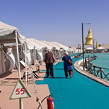FESTIVE CHEER
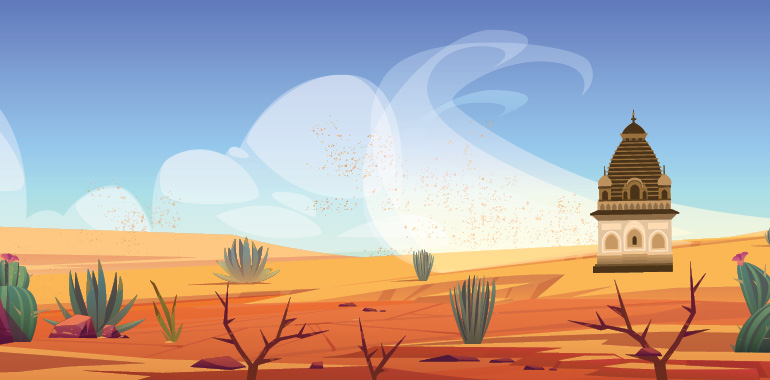
Refreshing Moments
‘Poila Boishakh’ marks the beginning of the Bengali New Year. Our member, Ms K. Datta, who was brought up in a village named Kumarhat near Khanakul in Hooghly, reminisces celebrating ‘Poila Boishakh’ in her childhood days.We lived in a beautiful village in the lap of nature and spent a carefree and simple childhood.
Poila Boishakh was one of the much-celebrated festivals in the village, as people not only wore new clothes, which was rare in those days, but also visited the Bhagabati temple about three and a half miles away from our village. This temple was in a dilapidated state during our childhood, but the locals and the sevaits (care takers)believed that it was one of the 51 Satipeethas where the breast of Sati had fallen during ‘Shiva’s Tandav’.
The temple was amidst a vast barren land. Even drinking water wells were not found within several miles of the temple. We had to carry our own water. Instead of an idol, a round stone was worshipped. On ‘Poila Boishakh’, hundreds of litres of milk were poured on it by the devotees.
The temple used to be teeming with devotees from far and near on the day of Poila Boishakh. Unfortunately, for the rest of the year, the only visitors were the priests, who worshipped the deity in the morning, then locked the door and disappeared for the day. As a child, I used to rise early, take a bath and get ready to go to the temple, with my mother and aunts. We started as early as 6.00 a.m. in the morning and walked to the temple as there was no transport available in those days. It was fun walking so far, primarily because a grand fair was held on that day. The added attraction for us kids was to have steaming hot jalebis, and for the elders, was to buy necessary household things made of bamboo and cane, like kulo (a flat plate to segregate the grain from the chaff), pati (floormat), kitchen utensils and so on. The fair was quite a big one, covering the entire open field and it was joyful to roam around the fair and finish our special breakfast with jalebi and papad. The fair would wrap up before sunset, as there was no electricity in those days.
A legend shared by my grandmother and the elders of the village was that there was a huge waterbody or may be a river in that area and once, a beautiful deity had emerged from the river to dry her hair. A British ship was sailing by the river and one of the foreigners was attracted to her and wanted to hold her. The powerful deity put her feet on the ship, and it capsized in the river. The river changed its course over the years, and we could not see any trace of it years later. Another legendary tale believed by the villagers was that if any household held a puja in their house and they required any utensil to prepare bhog (food offered to gods and goddesses), they would write what they required on a piece of paper and keep it in the water. The next day, the utensil would float on the surface of the water, which was then used by the villagers. It would be kept back in the water after the festival was over.
Whatever the belief was, it was evident that the temple and the goddess had been worshipped by the locals with great faith and respect.
The memories of those days still fill me with great happiness.
(As narrated to Support Elders by our member.)
